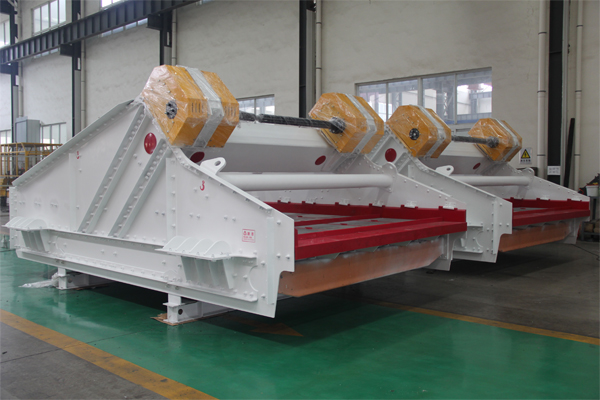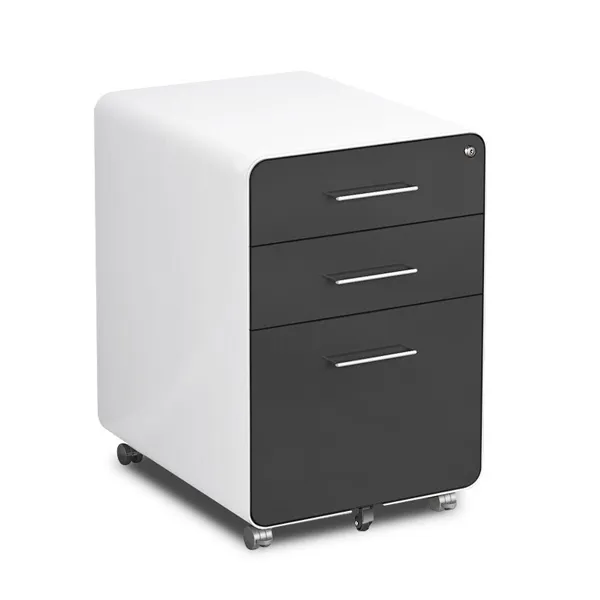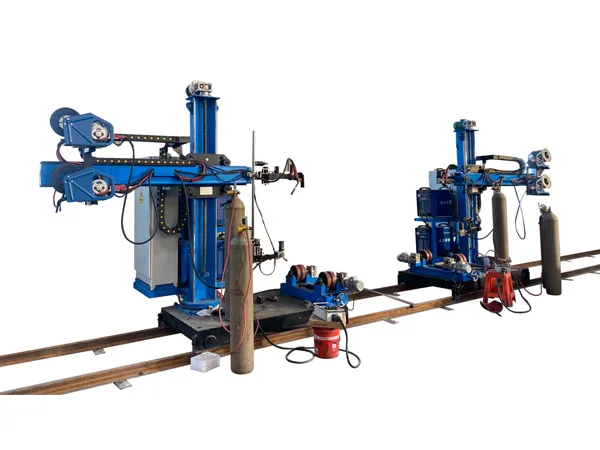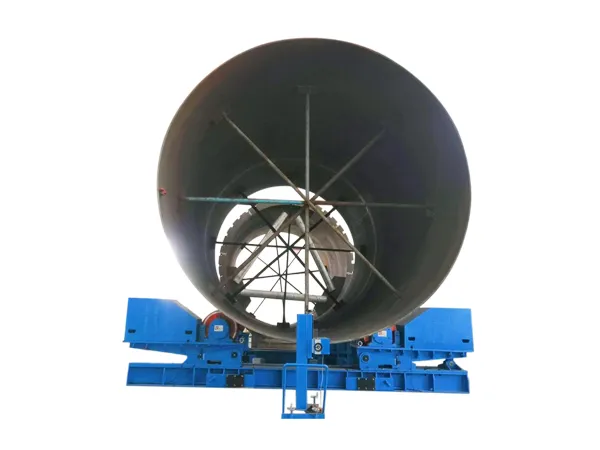A tandem thrust cylindrical roller bearing is a type of bearing designed to handle axial loads in both directions. Unlike radial bearings, which primarily support radial loads (perpendicular to the shaft), thrust bearings support axial loads (parallel to the shaft). Tandem thrust bearings are specifically configured to handle heavy axial loads and provide high rigidity.
In a tandem thrust cylindrical roller bearing, two or more cylindrical roller thrust bearings are arranged in tandem (one after the other) along the shaft axis. This arrangement allows the bearing to support axial loads from both directions. Cylindrical roller thrust bearings consist of small cylindrical rollers arranged in a cage, which are guided between the bearing’s raceways.
The tandem configuration enhances the bearing’s load-carrying capacity and stiffness, making it suitable for applications where high axial loads and precise axial positioning are required. These bearings are commonly used in various industrial applications, such as machine tools, gearboxes, and large pumps, where axial loads need to be supported reliably and efficiently.
Tandem thrust cylindrical roller bearing applications

Machine Tool Spindles
Tandem thrust bearings are often employed in machine tool spindles to handle the axial loads generated during machining operations. The compact design of tandem bearings makes them suitable for this application where space constraints are critical.
Gearboxes
In heavy machinery and industrial gearboxes, tandem thrust bearings can support the axial loads generated by gears and other rotating components. Their ability to handle high axial loads makes them essential in ensuring the smooth operation of gear systems.
Extruders
Extruders used in plastic and rubber processing industries often require bearings that can withstand significant axial forces. Tandem thrust cylindrical roller bearings are well-suited for handling the axial loads encountered in extrusion processes.

Pumps
Centrifugal pumps and other types of industrial pumps require bearings that can endure both radial and axial loads. Tandem thrust bearings are utilized in pump applications where axial loads are predominant.
Steel Industry
Tandem thrust bearings are commonly used in the steel industry, particularly in applications like rolling mills where heavy axial loads are present due to the rolling process.
…
For more detailed information about the application fields of tandem thrust cylindrical roller bearings, please click to visit: https://www.lkwebearing.com/news-center/tandem-thrust-cylindrical-roller-bearing-applications.html











